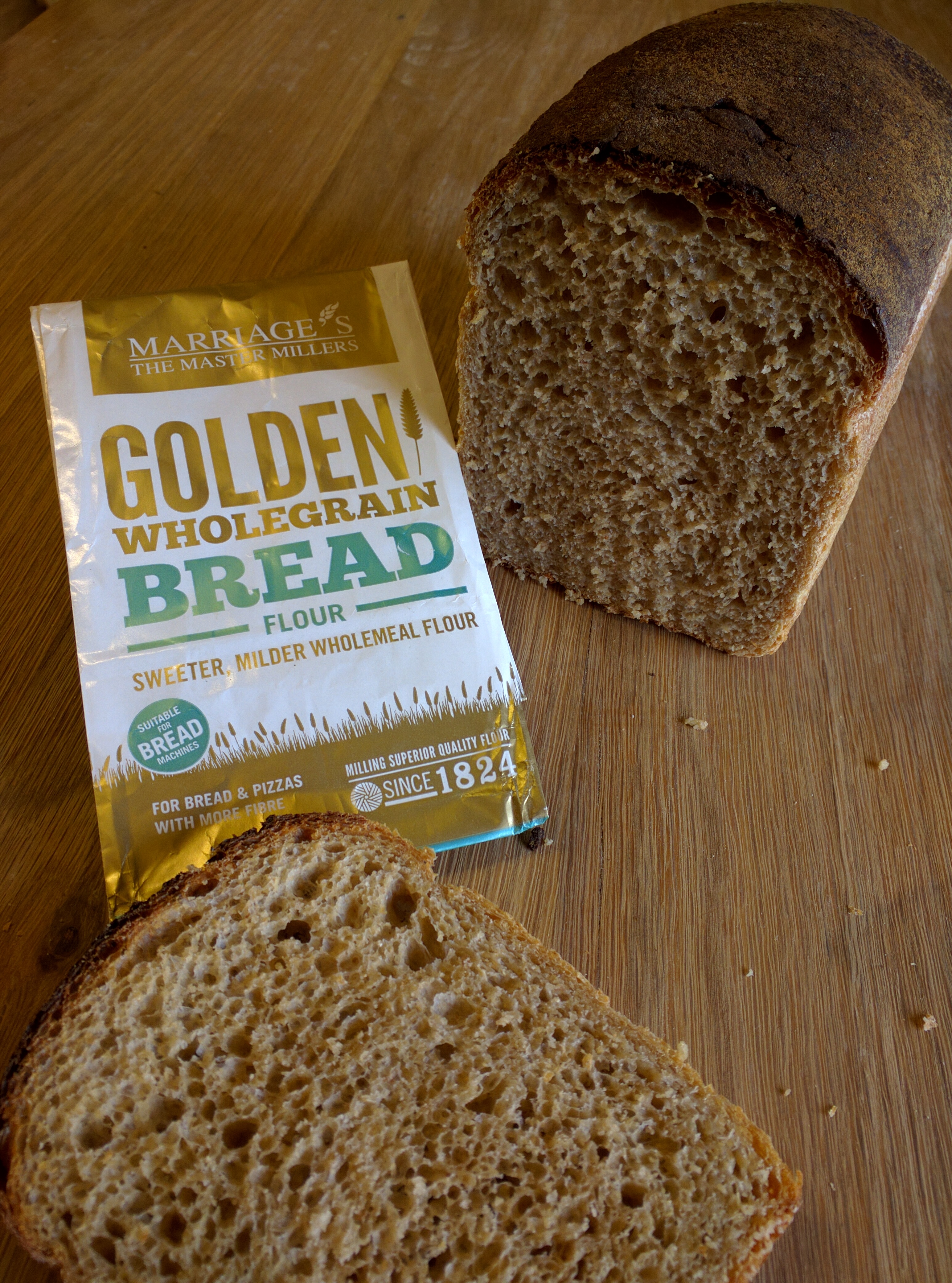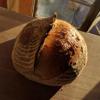I've read here about White Wholemeal flour - and been confused by it, however I've recently obtained some, although the stuff I have is called "Golden Wholegrain". (Wholemeal and Wholegrain mean the same in the UK).
So what I gather is that it's the colour of the bran which is normally a reddish brown in most wheat, but some varieties have a whiter/golden coloured bran - and this is the white, or golden wholemeal in this case.

I've done a few trial bakes - sold a few loaves and it's gone down well - it won't be a regular of mine though as it's not an organic flour, however it was interesting. I applied my usual 100% wholemeal recipe to it which worked out well.
For a large tin loaf (or 2 small ones)
- 530g wholemeal flour (100%)
- 425g water (80%)
- 1.5g dried yeast (0.3%)
- 9g salt (1.7%)
Mix flour & water and leave for up to 2 hours (autolyze). I then use a stand mixer with a dough spiral (or my A200 when making 3+) to knead it at a low speed. Add the yeast, continue to knead for a moment more then add the salt and knead for 5 minutes. (all at low speed).
Turn out, leave for a few minutes, then shape into a boulle and leave to slowly ferment overnight.
In the morning, gently tip out, shape into a boulle, bench-rest for 5-10 minutes, then re-shape into a log and place in a tin to prove which should take about an hour or so in a warm kitchen. Do check after an hour and don't let it over-prove.
into a hot oven (250°C) for 12 minutes with some steam to help keep the crust soft as the loaf gets a final push, then down to 210°C for a further 23 minutes.
It's quite a soft crumb, but it holds together very well. The smell is very nice. The one in the picture was baked in my Rofco which produces a slightly darker crust than my fan ovens do - it's very reminiscent of the Scottish plain loaves I grew up on (the taste/smell of the crust that is)
-Gordon










